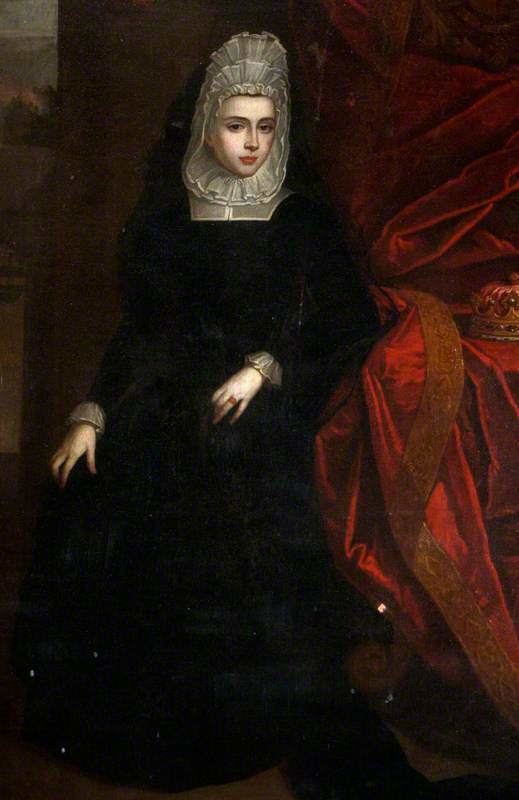Name William 5th | Died 1740 | |
 | ||
People also search for Sir Robert Munro, 6th Baronet | ||
William Mackenzie, 5th Earl of Seaforth (died 1740) was a Scottish nobleman, attainted for his part in the Jacobite rising of 1715.
Contents

Life
He was the eldest son of Kenneth, fourth earl, and Lady Frances Herbert. Shortly alter the accession of George I in 1714, he was ordered to confine himself within his own castle. He attended the meeting convened by John Erskine, earl of Mar, at Braemar in 1715, when the standard of the Pretender was raised. At the head of over three thousand men, including the Macdonalds, Rosses, and others, he set out in October to join Mar at Perth. John Gordon, earl of Sutherland, endeavoured to bar his passage, but on being attacked retreated to Bonar. Seaforth, after harassing his country and collecting large quantities of booty, continued his march southwards. He was present at the battle of Sheriffmuir.
After the battle, he was nominated by the Chevalier lieutenant-general and commander of the northern counties, and went north to endeavour to recover Inverness, which had been captured for the government by Simon Fraser, lord Lovat. Although joined by Alexander Gordon, marquis of Huntly, he was unable to raise forces sufficient to make way against the Earl of Sutherland, and gave in their submission. Shortly afterwards, Seaforth crossed over to the island of Lewis, where he endeavoured to collect a number of his followers; but when a detachment of government troops had been sent against him, he escaped to Ross-shire, whence he set sail for France, reaching St. Germains in February 1716. On 7 May, following he was attainted by parliament and his estates forfeited.
Seaforth accompanied the Earl Marischal in his expedition to the western highlands in 1719. He was severely wounded at the battle of Glenshiel on 10 June, but was carried on board a vessel by his followers, and, escaping to the Western Isles, returned thence to France.
Notwithstanding his forfeiture, his followers, in spite of the vigilance of the government, regularly sent him their rents in his exile. After the passing of the disarming act in 1725 they, however, agreed on his private recommendation to give up their arms, and in future to pay rent to the government on condition that they were discharged of all arrears. To this Wade not only agreed, but also promised to use his influence to secure a pardon for Seaforth. The efforts of Wade on behalf of Seaforth, although strongly opposed by John Campbell, second duke of Argyll, were successful. By letters patent of 12 June 1726, Seaforth was discharged of the penal consequences of his attainder, although the forfeiture was not reversed. From George II he received a grant of the arrears of feu duties due to the crown out of his forfeited estates. Seaforth was led to seek peace with the government, partly on the ground of dissatisfaction with his treatment by the Chevalier. He excused to the Chevalier his acceptance of the terms of the government as a temporary expedient absolutely necessary for the protection of his clan, but the Chevalier was deeply hurt at what he deemed a desertion of his cause. Seaforth died 8 January 1740 in the island of Lewis, and was buried there in the chapel of Ui.
Family
By his wife Mary (died 1739), only daughter and heiress of Nicholas Kennet of Coxhow, Northumberland, he had three sons: Kenneth, lord Fortrose, who was M.P. successively for the Inverness burghs and Rossshire, sided with the government in the rebellion of 1746, died 19 October 1761, and was buried in Westminster Abbey; Ronald, died unmarried, and Nicholas, drowned at Douay. Seaforth's only daughter, Frances, married the Hon. John Gordon of Kenmure.
